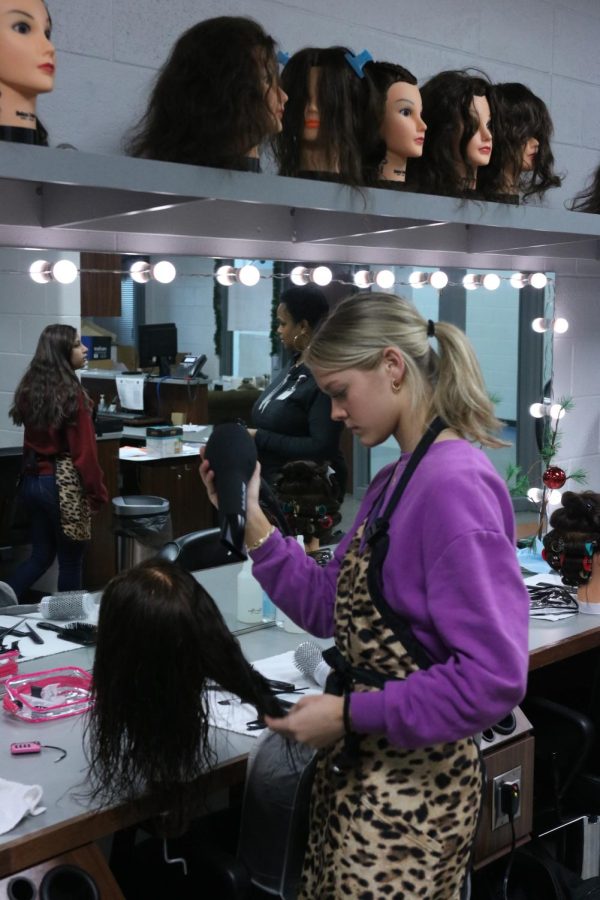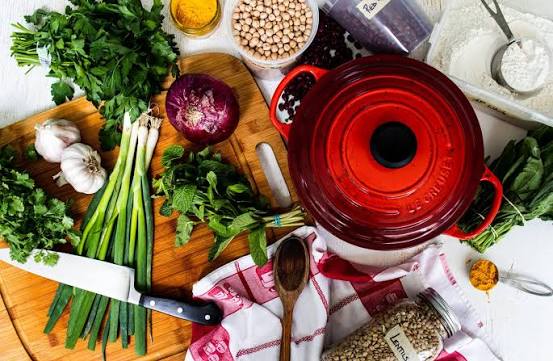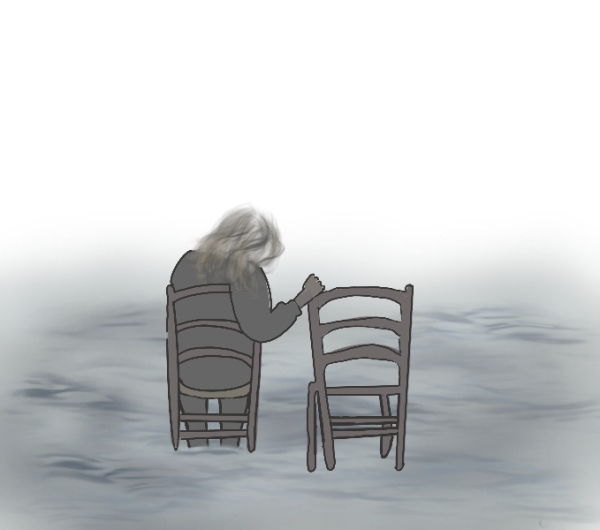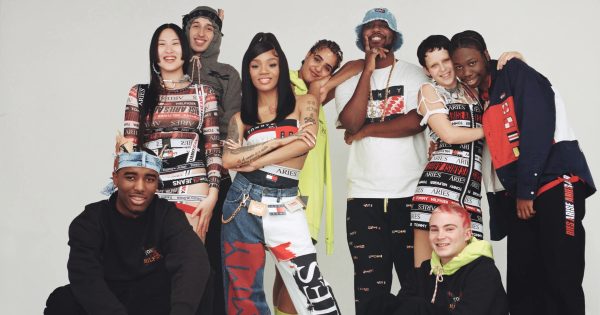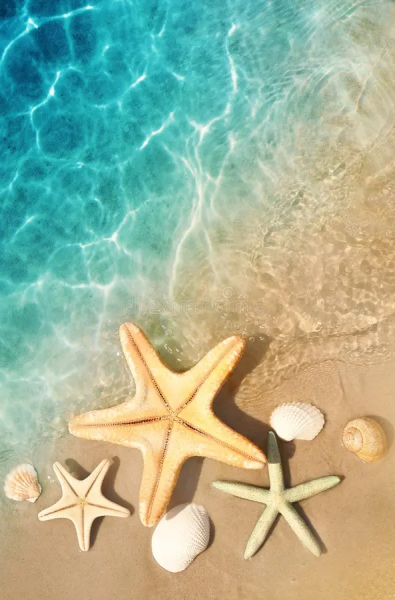Winter hair care
How to protect your hair in colder, dryer months
Winter months yield drier air, but your hair shouldn’t have to suffer from it. Just like your skin, your hair requires more “TLC” when it is cold. Regardless of hair type, you’re not exempt from the harsh conditions the cold weather brings. Whether your hair falls pin straight or zigzag coily, dry weather impacts it all. During the winter especially, it is crucial to take extra measures to ensure the protection of your precious locks.

WASHING
One reason you may be experiencing drier hair is the way you’re washing your hair. In order to add more moisture to your strands, it may be helpful to do more than traditional shampoo and conditioning.
Adding moisture to your hair before you shampoo (aka pre-pooing) allows your hair to stay soft and hydrated even after the shampoo clarifies your strands. Hot oil treatments, hair masks, hair rinses and scalp treatments are different types of pre-pooing that you can try before shampooing. The kind of pre-poo you choose depends on what goal you wish to achieve with your hair. Whatever method you choose, this extra step keeps your hair protected and hydrated.
While pre-pooing is something done before shampooing, deep conditioning is a technique that protects your hair after shampooing. It’s meant to take the place of a regular conditioner; it also does more than what a regular conditioner does. Deep conditioners should be left in longer than regular conditioners to allow the moisture to set in, and they should always be washed out with cold water to seal the strands and lock in the hydration.
Lastly, consider how often you’re washing your hair in the winter. It’s not necessary to wash as much as you do during the summer; washing less keeps moisture locked in for longer.
PRODUCTS
The products applied to your hair are also a big factor in the hydration of your mane. The number one thing to remember about products is that the goal is hydration, and nothing hydrates better than water. Whether you prefer to mist or drench your hair before applying products, water should be the first step to effectively prepare and open your hair stands to receive the products that are applied.
Light sprays and nongreasy products will be what’s best for straighter and less wavy hair types. The less weighed down your hair is, the easier it will be to create a style of health, volume and moisture. However, for curly and coily hair types, using heavier products like creams and gels may make it easier to keep your hair from becoming dry.
Additionally, applying a light oil like sweet almond oil or argan oil to your strands after applying products will assist in locking the moisture into your hair. Oil also seals your strands by protecting against split ends.
EXTRA PROTECTION
Other seemingly minimal ways that you can protect your crown during the winter is while it’s sitting. When your hair is drying, it’s best to use a cotton t-shirt rather than a bath towel to dry it off. T-shirts will also aid in preventing frizz since towels are usually rough. Additionally, wearing a bonnet or headscarf ensures that the ends of your hair don’t get frizzy or start to split. For those with afro-textured hair, protective styles like box braids, twist outs, braid outs, bantu knots and more are low maintenance styles that give hair a break to rest. Protective styles are especially useful in the winter so that there’s less breakage due to drier air.
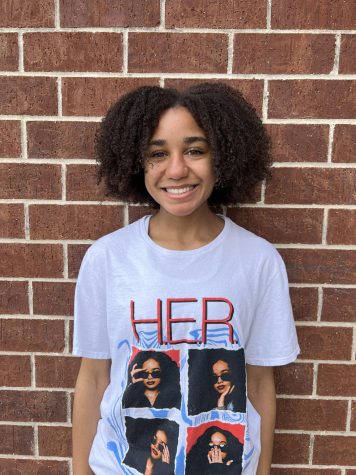
Charleigh Thomas is the news and sports editor for The Bridge. Although she stays pretty busy with clubs and basketball, she always makes time for her...

